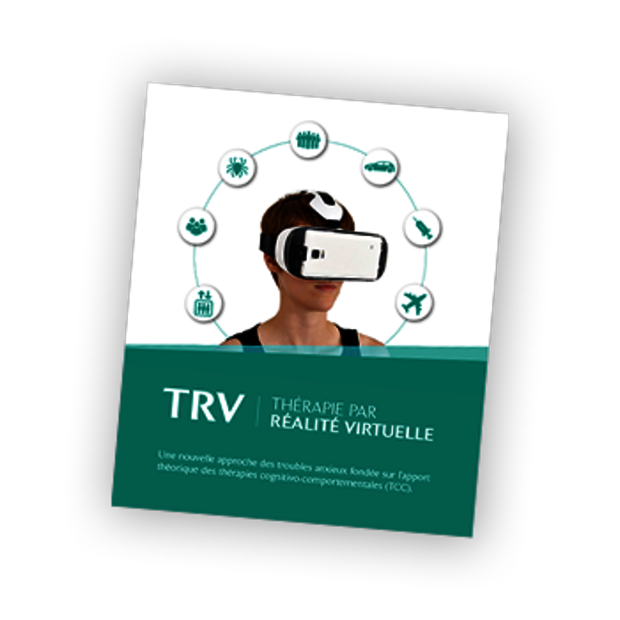What is it?
Virtual Reality Therapy (VRT) uses software and hardware resources to create a virtual environment and thus provide the patient with a simulated experience. Virtual reality involves immersing the patient in a virtual world using a headset and headphones.
A large number of phobias, such as fear of heights, fear of public speaking or flying, are triggered by visual and auditory stimuli. VRT allows the patient to be immersed in this virtual world where it is possible to control the parameters supervised by a therapist who will monitor the patient's reactions.
VRT makes it possible to adjust the virtual environment in order to best adapt to the patient's reactions and to identify phobic stimuli as precisely as possible. The principle is that of habituation or progressive desensitization.
Augmented reality can also be used, it allows the introduction of synthetic elements in the indirect perception of the real environment of the patient (via a screen).
VRT can only be started after an interview with a therapist. This interview aims at searching for possible contra-indications and at validating the medical indication and the objectives of the therapy.
